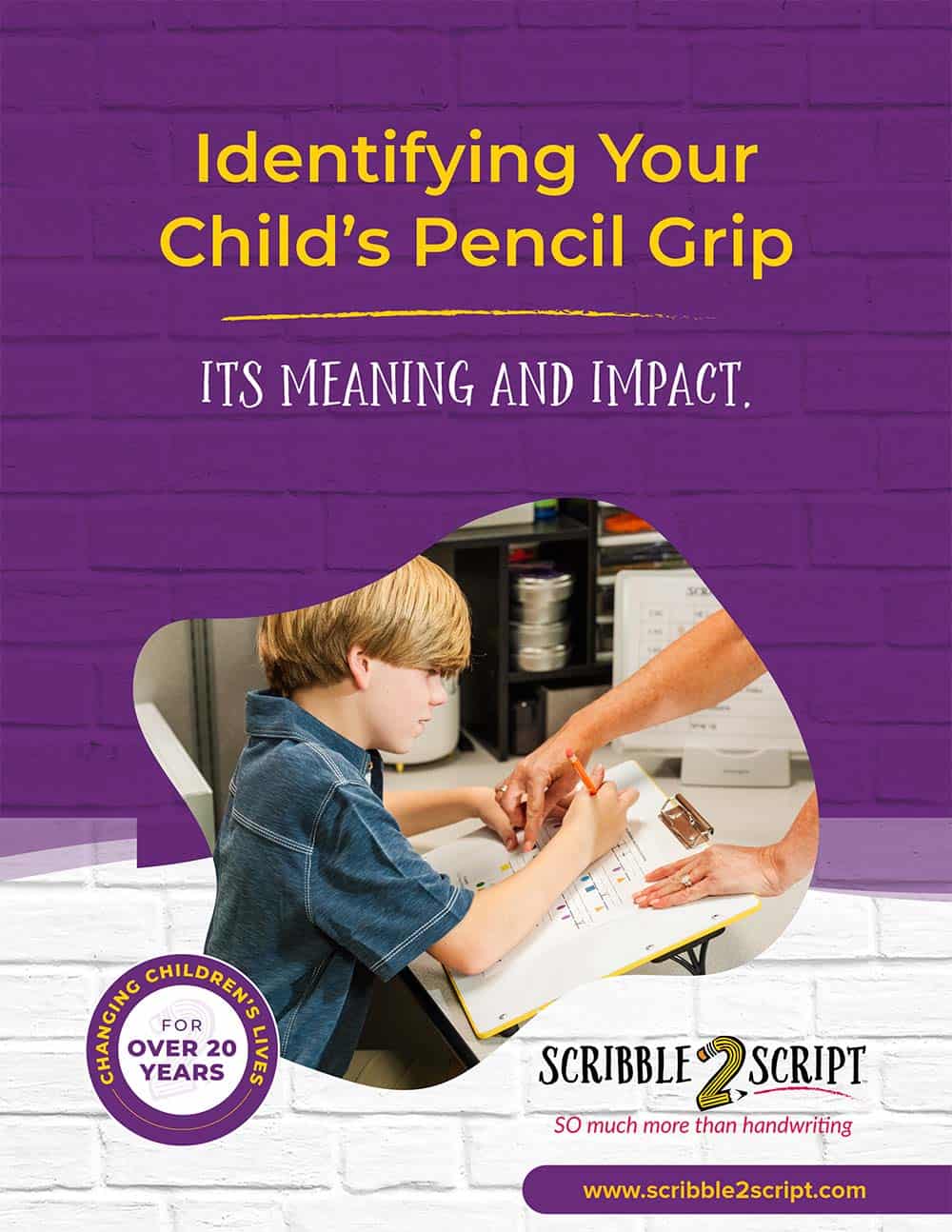Many parents wonder why their child’s handwriting is messy, slow, or difficult to read. Writing is a complex skill that requires a combination of fine motor control, postural stability, visual processing, and cognitive engagement. When a child struggles with handwriting, it can be frustrating for both them and their parents. Fortunately, identifying the root cause of handwriting challenges can lead to effective solutions. In this blog, we’ll explore five common reasons why children struggle with handwriting and how you can help them succeed.
1. Poor Fine Motor Skills
Signs: Weak grip, trouble holding a pencil, fatigue when writing, difficulty manipulating small objects.
Why It Matters: Fine motor skills involve the small muscles of the hands and fingers, which are essential for controlled pencil movements and letter formation. If these muscles are weak or underdeveloped, writing can be physically exhausting and difficult to master.
Solution:
- Encourage activities that strengthen hand muscles, such as playing with playdough, using tweezers, and engaging in coloring, cutting, and lacing activities.
- Introduce tools like adaptive pencil grips or shorter pencils to promote a functional grasp.
2. Weak Core & Postural Stability
Signs: Slouching at the desk, leaning on one arm, difficulty sitting still, poor endurance for writing tasks.
Why It Matters: A strong core provides stability for the arms and hands, allowing for controlled, coordinated writing movements. Without core strength, children may struggle to maintain good posture, leading to inefficient and tiring handwriting.
Solution:
- Engage in core-strengthening exercises such as animal walks, wheelbarrow walking, and yoga poses like plank and bridge.
- Use a stable, well-supported seating position with feet flat on the floor and the writing surface at an appropriate height.
3. Unintegrated Primitive Reflexes
Signs: Awkward posture, difficulty crossing midline, trouble with letter spacing and organization.
Why It Matters: Primitive reflexes are automatic movement patterns that should integrate (disappear) as a child’s nervous system matures. If these reflexes remain active, they can interfere with motor coordination, balance, and handwriting skills.
Solution:
- Engage in targeted movement exercises designed to help integrate retained reflexes.
- Encourage activities that involve crossing the midline, such as drawing large figure eights, playing catch, or completing crawling patterns.
4. Vision Challenges (Not Just 20/20 Vision!)
Signs: Skipping words, trouble copying from the board, reversing letters, frequent loss of place when reading or writing.
Why It Matters: Handwriting requires precise eye movements and coordination between vision and hand control. Even if a child has 20/20 eyesight, they may struggle with visual tracking, eye teaming, or visual-motor integration, making writing a difficult task.
Solution:
- Provide activities that strengthen visual tracking, such as maze games, dot-to-dot activities, and pencil push-ups.
- Use a slant board to encourage proper positioning and reduce eye strain.
- If visual concerns persist, consider consulting a developmental optometrist for further assessment.
5. Learning Differences (Dysgraphia, ADHD, Dyslexia)
Signs: Difficulty forming letters, forgetting how to write letters, trouble with spacing, slow writing speed, frustration with writing tasks.
Why It Matters: Conditions such as dysgraphia, ADHD, and dyslexia can significantly impact a child’s ability to write efficiently. Dysgraphia affects fine motor control and writing fluency, ADHD may contribute to impulsive writing and difficulty with sustained attention, and dyslexia can make letter formation and sequencing challenging.
Solution:
- Use structured handwriting programs that incorporate multisensory techniques.
- Provide accommodations such as lined paper, guided handwriting practice, and visual cues like highlighted lines or letter boxes to guide spacing.
- Offer frequent movement breaks to improve focus and engagement.
Handwriting difficulties can stem from a variety of underlying factors, from fine motor challenges to vision issues and learning differences. By identifying the specific cause of your child’s struggles, you can take steps to support their development and build their confidence. At Scribble 2 Script, we specialize in targeted handwriting programs designed to address these challenges and empower children to write with ease. Contact us to learn how we can help your child build the skills they need to succeed!






